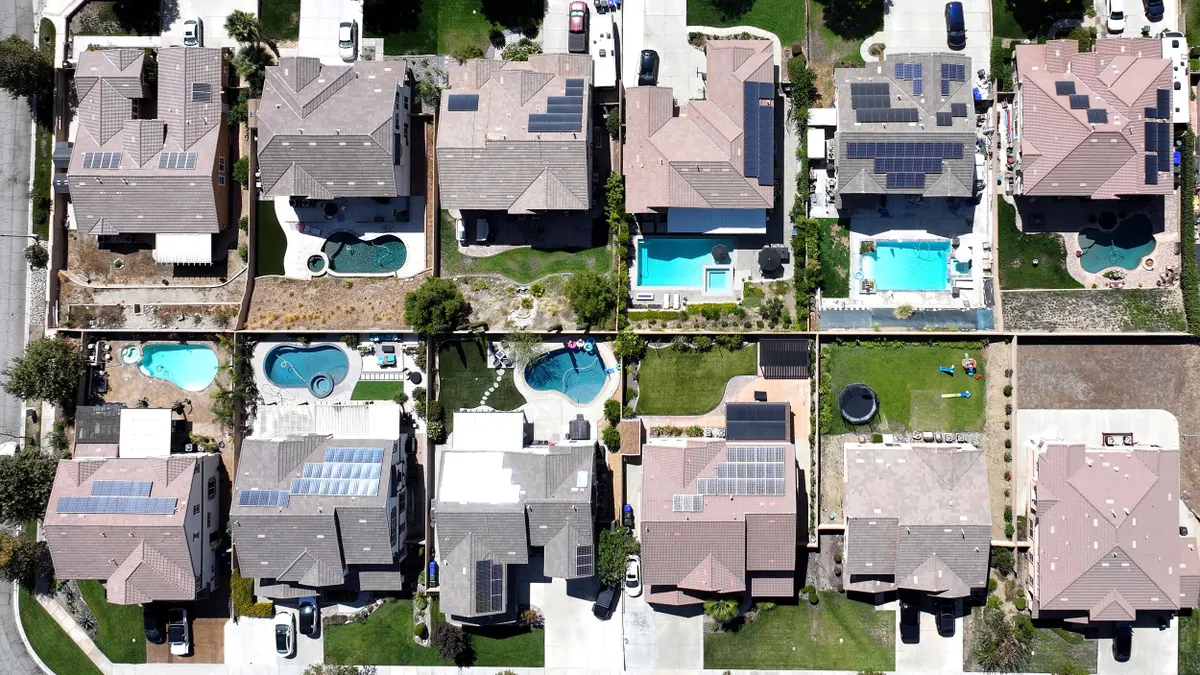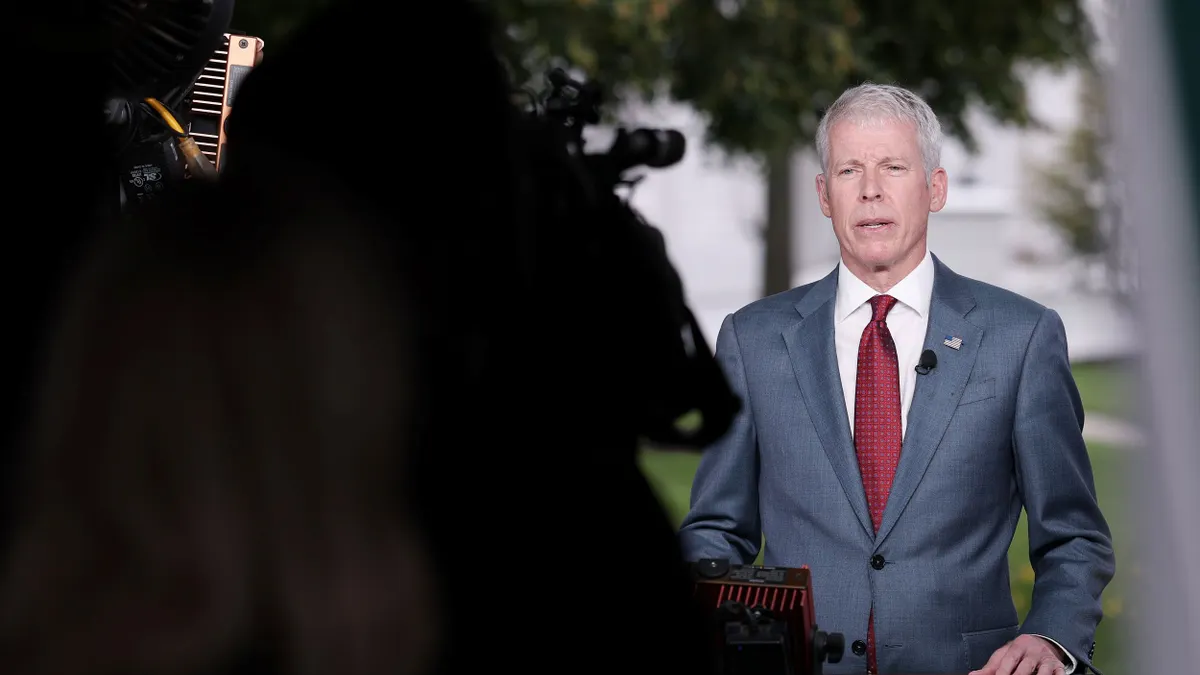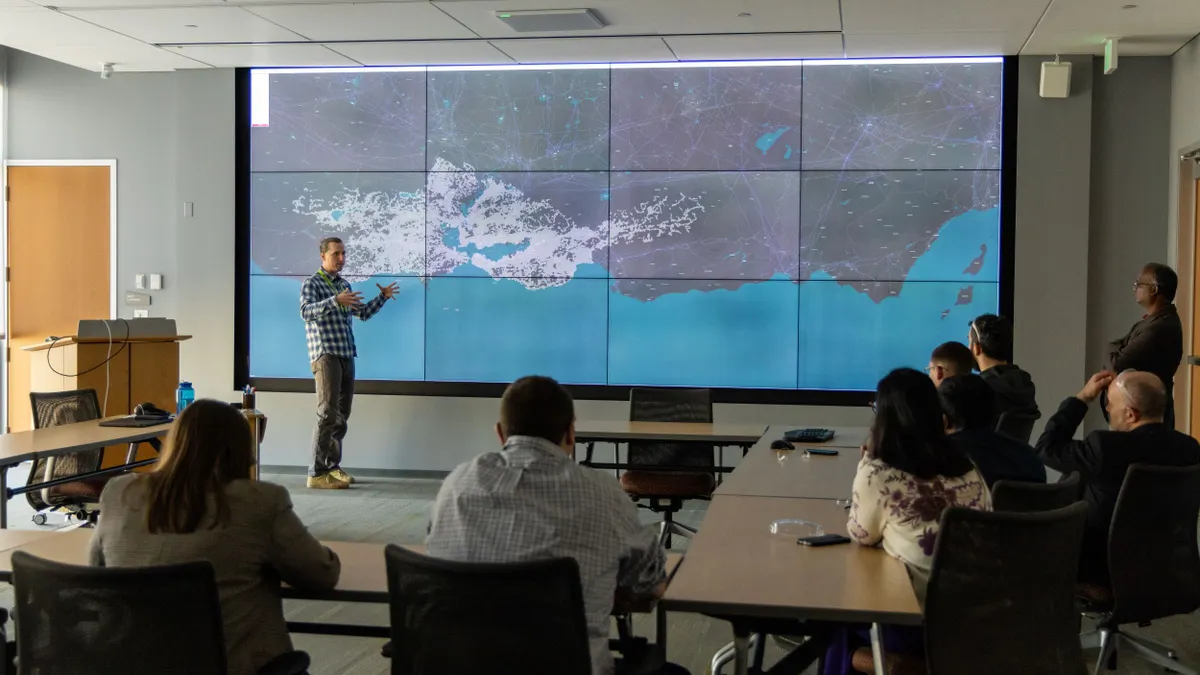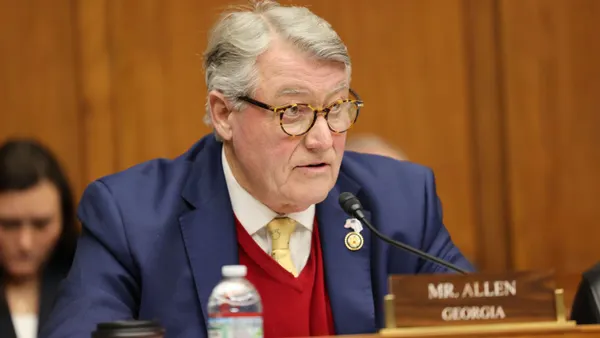The non-profit Energy Policy Design Institute on Wednesday launched an effort to help state public utility commissions make decisions on virtual power plants.
“The VPP Convergence Project offers a great opportunity to build credibility and clear, consistent communication with regulators, so utilities and consumers can fully benefit from VPPs,” Jigar Shah, the project’s honorary chair and former director of the U.S. Department of Energy’s Loan Programs Office, said in a press release.
VPPs have a successful track record but aren’t well understood, according to the VPP Convergence Project. The group aims to soon offer tools to help regulators and policymakers understand VPPs and how they can be used.
“Our goal isn’t to push specific policies — it’s to help public utility commissions cut through the noise and efficiently make informed, evidence-based decisions,” Ted Ko, EPDI executive director, said in the release.
VPPs combine and manage distributed resources such as smart thermostats, electric vehicles, batteries and solar arrays so they can act as a single grid resource.
The VPP Convergence Project’s steering committee members include Jeff Loiter, a technical director at the National Association of Regulatory Utility Commissioners, Lakin Garth, director of research and industry strategy at the Smart Electric Power Alliance, and Lauren Shwisberg, a principal in RMI’s Carbon-Free Electricity Practice.
Companies involved in the effort include Tesla, Sunrun, Leap, Voltus, Sparkfund and others.
VPP capacity in North America grew 13.7% to 37.5 GW last year, Wood Mackenzie said in a report last month. Obstacles to VPP deployment include enrollment caps on utility VPP programs, power market reforms that reduce VPPs’ capacity accreditation and market barriers for small customers, according to the consulting firm.














